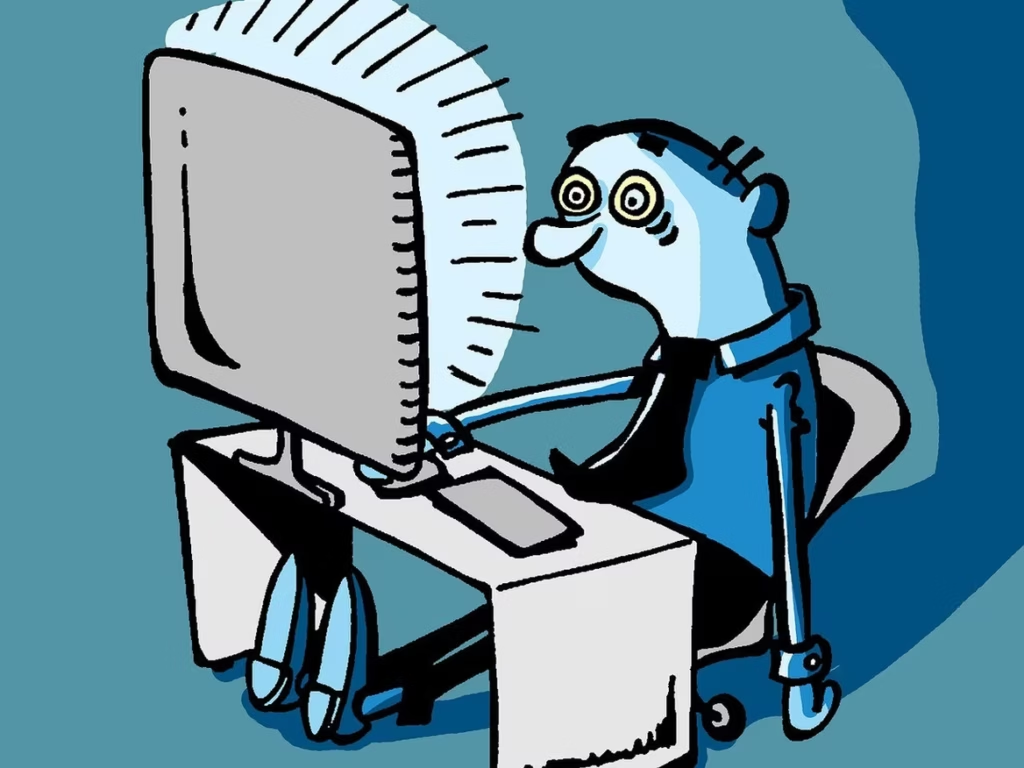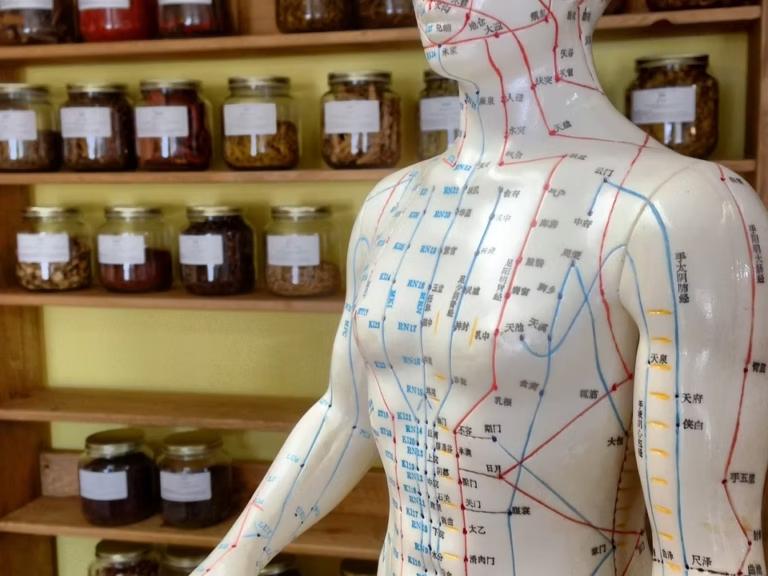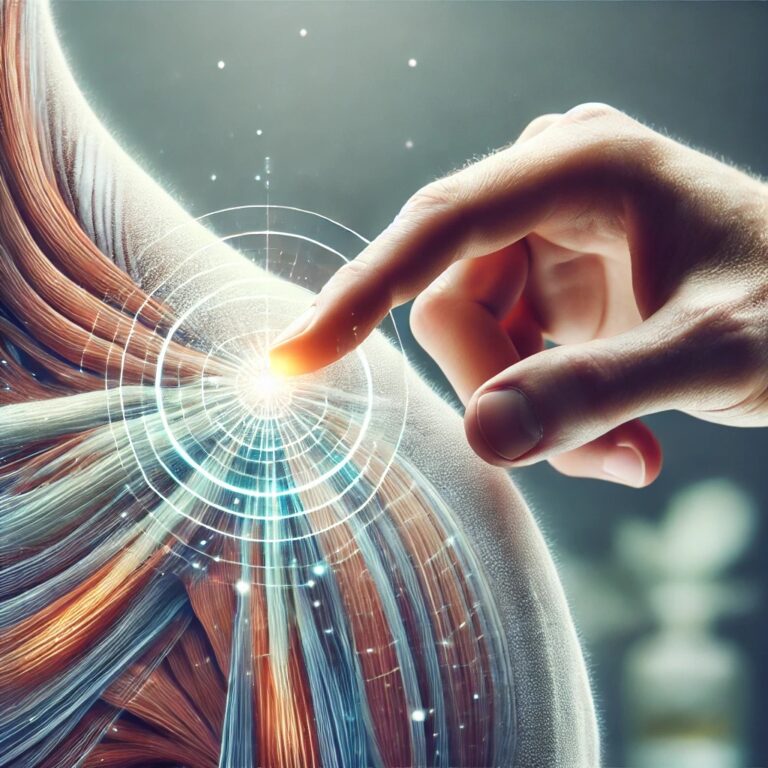
Desk jobs may provide convenient work environments, but they can take a significant toll on your physical health. Prolonged sitting often leads to various issues, including poor posture, neck and back pain, and decreased circulation. As you navigate your daily tasks, understanding these impacts is necessary. Fortunately, incorporating massage therapy into your routine can provide relief and promote overall well-being, helping you to alleviate the strain and stress associated with a sedentary work life.
Key Takeaways:
- Sedentary desk jobs can lead to various physical issues, including poor posture, tech neck, and chronic back pain due to prolonged sitting and inadequate support.
- Massage therapy offers a holistic solution by alleviating muscle tension, correcting postural imbalances, and enhancing overall flexibility and range of motion.
- Incorporating regular massage sessions along with ergonomic workspace adjustments promotes long-term physical health and mental well-being for desk-bound professionals.
The Physical Consequences of Sedentary Work
For countless individuals navigating the demands of a desk job, the physical consequences of prolonged sedentary behavior can be severe and far-reaching. As you spend your days seated in front of a computer screen, your body begins to experience a range of adverse effects that can manifest both immediately and over time. From postural misalignments to muscle tension and knee problems, the physical toll of a desk-bound lifestyle often goes unnoticed until symptoms become ingrained in your daily experience.
Postural Issues
Issues related to posture are particularly prevalent among those who work at desks for extended periods. Sitting hunched over your keyboard or slouching in your chair can lead to significant spinal misalignment, which contributes to conditions such as kyphosis and lordosis. As time goes on, you may find your body adapting to these poor ergonomics, leading to tighter muscles and increased discomfort in areas like your neck and shoulders, further impacting your overall well-being.
Muscle Tension and Pain
Pain is another common consequence of a sedentary work life, with muscle tension accumulating in critical areas such as the neck, shoulders, and lower back. When you remain seated for long hours, your muscles become fatigued and tight, eventually resulting in soreness and stiffness. This tension is often exacerbated by “tech neck,” a term that describes the strain on your neck and upper spine from constantly looking down at digital devices. Such discomfort can significantly hinder your ability to focus and engage in your work effectively.
A lack of movement not only leads to localized muscle tension but can also contribute to chronic pain conditions over time. The body relies on movement to maintain muscle elasticity and joint health, and without regular physical activity, you may develop lasting issues that can interfere with your daily activities. Addressing muscle tension through preventative measures, such as incorporating massage therapy into your routine, can help alleviate these pains and promote a healthier lifestyle amidst the demands of your desk job.
Common Complaints Among Desk Workers
One of the most prevalent issues plaguing desk workers is discomfort in the neck and shoulders. Behind this discomfort often lies the repetitive strain developed from prolonged periods of sitting in front of a computer screen, leading to a condition commonly referred to as “tech neck.” Your body is not designed for hours of static positioning, and the constant inclination of your head towards your device exacerbates tension in the upper back and shoulders. As a result, you may experience stiffness, soreness, and even headaches that can diminish your productivity and overall comfort in the workplace.
Neck and Shoulder Discomfort
Behind your day-to-day work routine lies an ongoing battle against muscle tension that can lead to more serious health concerns. The muscles surrounding your neck and shoulders endure significant stress as you unintentionally hunch over your keyboard or craning your neck to read documents or screens. Over time, neglecting this tension can create imbalances in your muscular structure, impacting your posture and increasing the risk of developing chronic pain.
Lower Back Pain
On the other hand, lower back pain is another common complaint among desk workers, often attributed to the unhealthy positioning of your body when seated. A poorly designed chair, combined with prolonged periods of sitting, can strain the lumbar spine, leading to discomfort and sometimes debilitating pain. If you find yourself frequently shifting in your seat or struggling to maintain comfort throughout the day, it’s likely that your lower back is bearing the brunt of your sedentary lifestyle.
To address these challenges, it’s crucial to be proactive about your spinal health. Incorporating regular movement breaks, adjusting your chair and computer setup for better ergonomics, and considering massage therapy can alleviate some of the discomfort associated with lower back pain. Massage not only helps to release tension in the surrounding muscles but also encourages blood circulation, promoting healing and recovery in your lower back. By taking these steps, you can work towards a more comfortable and pain-free work experience.
The Importance of Circulation
Your body’s circulation is heavily influenced by your lifestyle, particularly if you spend long hours in a sedentary position, which is often the case with desk jobs. The reduction in blood flow can lead to various discomforts and health issues that, over time, accumulate and can significantly affect your overall well-being. As discussed in the blog post on The Physical Impact of a Desk Job in Buckhead and How Massage, inadequate circulation can lead to symptoms like swollen ankles and muscle stiffness, which can severely impair your productivity and comfort during working hours.
Effects of Prolonged Sitting
Above all other factors, prolonged sitting can significantly impede your body’s natural circulation. When you remain seated for extended periods, the blood flow in your lower extremities diminishes, leading to stagnation. This phenomenon not only contributes to minor discomforts, such as heaviness in the legs, but can also escalate to more serious conditions such as deep vein thrombosis (DVT). Adequate movement is necessary to stimulate circulation and supply your muscles with the oxygen and nutrients they need, helping you maintain energy levels and focus throughout your workday.
Associated Health Risks
One pressing concern associated with inadequate circulation from prolonged sitting is the increased risk of cardiovascular issues. Research has shown that a sedentary lifestyle can heighten the chances of developing heart disease, stroke, and other serious health problems, particularly when combined with factors such as poor diet and lack of exercise. These risks highlight the urgency of actively addressing and improving circulation, especially in a work culture that often prioritizes long hours at a desk.
But it’s not just cardiovascular health that you need to worry about — prolonged sitting can also contribute to a variety of musculoskeletal disorders. As your muscles remain inactive, they become stiff, weak, and prone to injury. Conditions like lower back pain, neck strain, and muscle tension are commonly reported among desk workers. Understanding these risks can prompt you to take pro-active measures, such as integrating more movement into your day or seeking therapies like massage, which can enhance circulation and mitigate the implications of a sedentary lifestyle.
The Therapeutic Role of Massage
To navigate the challenges of a sedentary lifestyle, incorporating massage therapy into your routine can be a transformative decision. Regular massage sessions allow you to address the physical strains caused by prolonged sitting and poor posture, bringing relief to the body and enhancing overall well-being. With the prevalence of issues such as tech neck, back pain, and shoulder stiffness among desk workers, understanding how massage serves as a remedy is paramount. This holistic approach not only targets specific muscle groups to alleviate discomfort but also encourages a deeper connection with your own body, creating a positive feedback loop that promotes healthier habits.
Stress Relief and Relaxation
On top of its physical benefits, massage therapy plays a pivotal role in stress relief and relaxation. The soothing effects of touch have been shown to lower levels of cortisol, the hormone associated with stress, while simultaneously boosting the production of serotonin and dopamine, which enhance mental well-being. As you experience a reduction in tension through targeted techniques, you may find that your capacity to manage daily stressors improves significantly, leading to a more balanced mental state.
Pain Management Techniques
The role of massage in pain management is multifaceted, providing you with effective strategies to cope with discomfort stemming from a sedentary lifestyle. Techniques such as deep tissue massage and myofascial release work to break up tension and adhesions in the muscles, promoting better blood flow and aiding recovery. By addressing not only the symptoms but also the root causes of pain, massage therapy empowers you to reclaim your mobility, ultimately enhancing your quality of life.
To maximize the benefits of pain management through massage, it’s important to communicate with your therapist about your specific symptoms and any discomfort you may be experiencing. By tailoring each session to address your individual needs, massage can be a powerful tool in your self-care arsenal, helping you navigate the physical challenges associated with a desk job while offering a sense of relief and rejuvenation that extends beyond the treatment room.
Enhancing Workplace Ergonomics
Unlike the common belief that a desk job is merely a matter of sitting down and working, the physical ramifications on your body can be significant. Long hours spent at a desk can lead to a host of issues, including chronic pain and reduced mobility due to poor ergonomics. By making adjustments to your workspace, you can mitigate these effects and foster a healthier working environment. This includes selecting furniture and tools designed with your comfort and well-being in mind, which can ultimately enhance your productivity and overall job satisfaction.
Ergonomic Furniture
Along with making appropriate adjustments to your workspace, investing in ergonomic furniture is a vital step towards safeguarding your physical health. Ergonomic chairs are designed to support the natural curve of your spine, promoting better posture and significantly reducing the risk of back pain. Your workstation should also include a desk that allows you to keep your computer at eye level, which helps to eliminate neck strain and tension in the shoulders, thus addressing issues like “tech neck” that often arise from poor positioning.
Micro-Break Strategies
Enhancing your work routine with micro-break strategies can have a profound impact on your physical well-being. Taking short, regular breaks from your desk can help reduce tension and improve circulation, ultimately alleviating discomfort associated with prolonged sitting. These brief interludes can involve standing up, stretching your limbs, or even taking a short walk around your office. Such practices not only counteract the negative effects of sitting but also rejuvenate your mental focus, allowing for greater productivity once you return to your tasks.
Also, consider incorporating simple stretches into your daily routine, such as neck rolls or shoulder shrugs, during these micro-breaks. Evidence shows that even a few minutes of movement can promote better blood circulation and enhance your overall sense of well-being. By prioritizing these small adjustments, you’ll find yourself not only feeling better physically but also more energized and engaged in your work.
Incorporating Massage into Your Routine – Physical Impact of Desk Jobs and How Massage Can Help
Now that you’ve explored the benefits of massage therapy for your desk job’s physical impacts, it’s necessary to consider how to effectively incorporate it into your routine. Make massage a part of your self-care strategy by scheduling regular treatments that fit your lifestyle and commitments. This consistency will help you address and alleviate the physical discomforts associated with prolonged periods of sitting, such as back pain and shoulder stiffness. Establish a routine that combines massage with good ergonomic practices and breaks throughout the day to truly maximize your well-being.
Finding a Qualified Therapist
About finding the right massage therapist—your first step should be to seek out professionals who are licensed and experienced in working with desk-bound individuals. Look for therapists who specialize in techniques such as deep tissue or myofascial release, as they can specifically target muscle tension and postural imbalances that arise from sedentary work. Consider reading reviews or asking for recommendations from colleagues or friends who have had positive experiences. Be mindful of, a therapist’s expertise in addressing the unique strains of desk jobs can significantly enhance the benefits you receive from your sessions.
Frequency of Sessions
Behind every great massage experience lies the secret of frequency. A single massage may provide temporary relief, but consistent treatments are where you will begin to see long-term improvements in your well-being. For those who sit at desks for extended hours, aiming for bi-weekly or monthly sessions can be effective in managing chronic stress and tension. By incorporating regular check-ins with your therapist, you can continually address your body’s changing needs based on your work habits and lifestyle.
Massage not only alleviates immediate tension but also fosters an ongoing relationship with your physical health. The American Massage Therapy Association suggests that practitioners and clients work together to devise a tailored plan based on individual needs, making it advisable to evaluate your session frequency as your body responds to treatment. Consider how your work demands may fluctuate and remain adaptable, ensuring that you prioritize your massage appointments as integral components of your overall health strategy.
Conclusion
Taking this into account, it is clear that the physical impact of desk jobs can significantly affect your overall health and well-being. Prolonged periods of sitting lead to various issues, including poor posture, muscle tension, and circulation problems. Being aware of these challenges allows you to take proactive steps towards mitigating their effects. By integrating regular massage therapy into your routine, you can target and relieve the tension that accumulates in your body, fostering improved posture, flexibility, and mental clarity.
Furthermore, embracing massage as a tool for self-care not only addresses physical discomfort but also enhances your emotional and mental well-being. As you navigate the demands of a desk-bound lifestyle, incorporating massage can transform your approach to health, providing a much-needed balance between the stresses of work and the necessity of self-care. Prioritizing regular massage sessions alongside ergonomic adjustments will empower you to cultivate a healthier, more vibrant life amidst the challenges that come with your profession. Below are some frequently asked questions about the Physical Impact of Desk Jobs and How Massage Can Help.
FAQ
Q: What are the common physical issues associated with desk jobs?
A: Desk jobs often lead to several physical issues that can develop over time. Common complaints include poor posture, which may cause misalignments in the spine and lead to chronic conditions like kyphosis or lordosis. Additionally, many office workers experience “tech neck,” a strain due to frequently looking down at screens, resulting in neck and shoulder stiffness. Lower back pain is also prevalent due to sitting in unsupportive chairs for extended periods, alongside circulation problems that can contribute to swollen ankles and varicose veins. These issues highlight the importance of being aware of one’s posture and movement throughout the workday.
Q: How can massage therapy alleviate the physical strains of a desk job?
A: Massage therapy serves as an effective solution to counteract the physical strains caused by sedentary work. Through techniques such as kneading and pressure-point manipulation, massage helps release built-up tension in muscle groups, providing immediate relief from discomfort. Regular sessions can enhance postural alignment and correct imbalances resulting from prolonged sitting. Moreover, massage therapies designed to improve flexibility and range of motion aid in reducing stiffness. Importantly, massage also promotes relaxation and reduces stress, benefiting both physical and mental well-being.
Q: How can I integrate massage therapy into my busy desk job routine?
A: To effectively integrate massage therapy into your routine, consistency is important. Scheduling regular massage sessions can help address and prevent physical issues associated with a sedentary lifestyle. Additionally, pairing these sessions with ergonomic adjustments in your workspace can maximize benefits; consider investing in ergonomically designed furniture and making small changes like placing your computer at eye level. Taking periodic micro-breaks to stretch and move throughout the day can also enhance the positive effects of massage therapy, helping to maintain better physical health while navigating the demands of a desk job.









